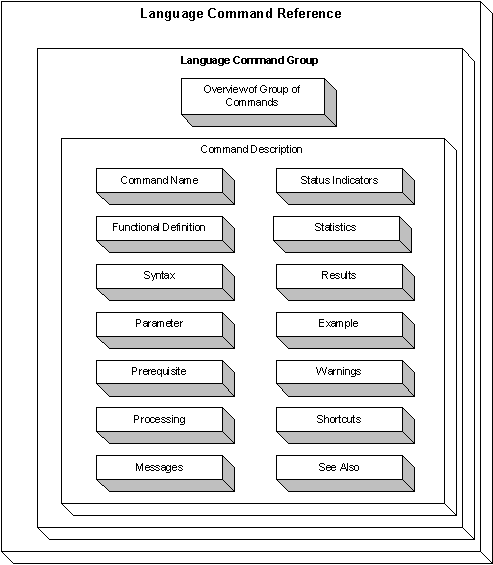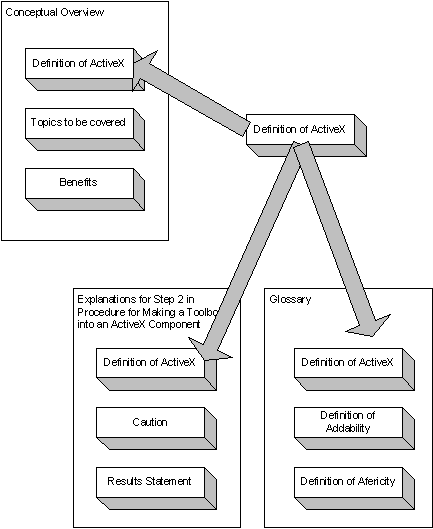Informative objects occur at many levels
What is an informative object?
A piece of content that has a distinct name and purpose is an informative object. Examples:
- Press release
- Annual report
- Product Name
- ISBN number
- Retail price
Informative objects occur at many levels
In architecture, the building is a large object containing smaller objects such as doors and windows, and those objects contain even smaller objects, such as door knobs, glass panels, and locks. Similarly, in content architecture, we have objects at various scales:
- At a high level, you have large objects such as articles, product descriptions, ebooks.
- At an intermediate level, you have components, objects such as author name, feature description, chapter.
- At a lower level, you have the objects inside those objects, such as product names, product codes, prices.
Strictly speaking, when we model information, we are always dealing with objects--some big, some not so big, some tiny. To a content management system, they are all objects.
But as human beings, we come to content from a world of paper documents, so we are used to thinking of the large objects--the documents, or the web pages.
We might continue to call those things "documents," but we are no longer creating documents. We generate content out of a vast collection of objects.

Related articles:
How rhetorical objects resemble programming objects (PDF 400k)
Complexity theory as a way of understanding the Web
Structuring complex interactive information



